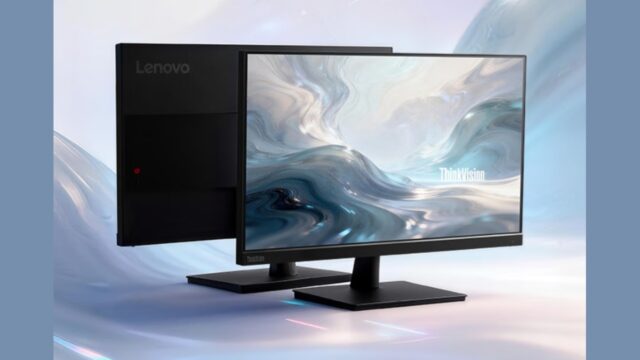Chinese electric vehicle manufacturer Xpeng has released a video showing its new P7 model rolling off the production line and onto the shipping area without human intervention. This development represents a significant step toward fully autonomous production processes in the automotive industry.
Xpeng P7 Drives Driverless to the Shipping Area
Xpeng Vice President Yu Tao shared a video on his Weibo account showing the newly produced P7s rolling off the production line and then onto the shipping area without a driver. Tao described this as the company’s “first step into unmanned operations.”
The autonomous driving capabilities of the new P7 are powered by three Turing AI chips developed by Xpeng. Each chip has a processing power of 750 TOPS (Trillion Operations Per Second). The total processing power of the three chips reaches 2,250 TOPS.
This is 30 TOPS higher than the chip used in the Tesla Model Y and 50 TOPS higher than Nvidia’s Orin Thor. The vehicle’s driver assistance systems rely heavily on cameras and are supported by large language models based on VLA (Vision-Language-Action) and VLM (Vision-Language Models). This allows the vehicle to react and adapt to different driving scenarios.
Xpeng previously announced that its latest driver assistance system is level L3 ready. This level allows drivers to keep their eyes on the road while driving, but the use of level L3 systems is not yet legal in China.
Regarding technical specifications, the new liftback P7 comes standard with an 800V high-voltage system. The entry-level version comes with a single motor producing 270 kW. The dual-motor, all-wheel-drive version delivers a total output of 437 kW, accelerating from 0 to 100 km/h in just 3.7 seconds.
The new Xpeng P7, which went on pre-sale at the beginning of August, received 10,000 orders in the first seven minutes. Official sales of the model began in China on August 27.



 Shiftdelete.net
Shiftdelete.net









